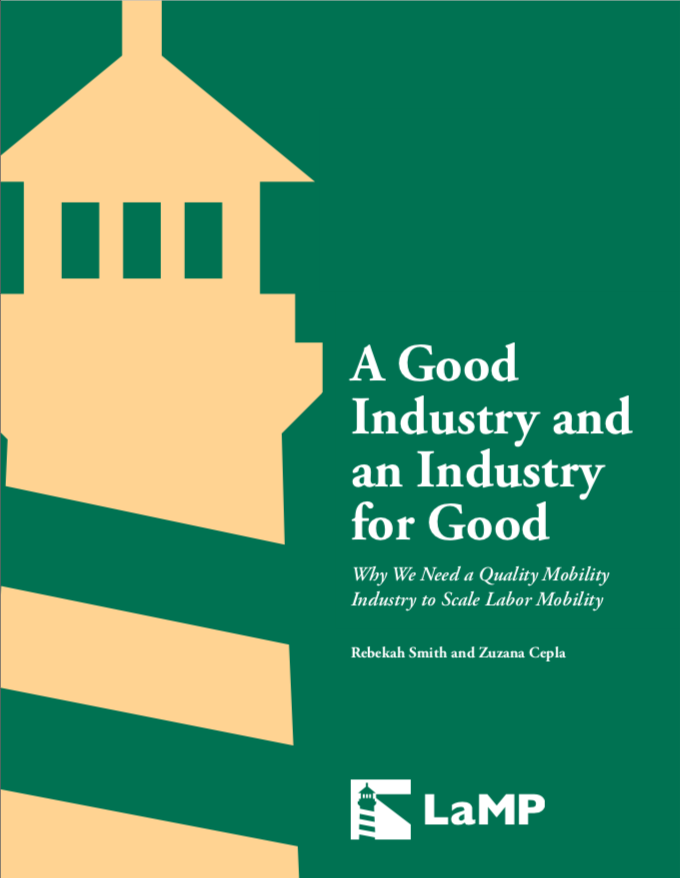
Populations in high-income countries are rapidly aging while, at the same time, low-income countries are facing a sharp increase in their working-age populations. These demographic trends are an “unstoppable force” toward increased labor mobility, pushing against the “unmovable object” of political resistance from citizens in high-income countries to increasing immigrant populations. Temporary mobility programs (TMPs) may be a politically viable solution, as they increase the number of workers without the same political implications as permanent migration.
However, TMPs themselves are also politically unpopular, in large part because they have been plagued by bad outcomes for workers. Many of these bad outcomes have been related to the low quality of the existing mobility industry, resulting in migrant indebtedness, fraud regarding job terms and quality, worker abuse, and irregularity within temporary mobility programs. These bad outcomes in turn are driven by perverse incentives built into the design of mobility systems, information asymmetries, and poorly constructed migration controls. The primary point to take away from this analysis is that the mobility industry is not inherently unethical, but rather that it is badly designed.
In this report, we argue that the emergence of a quality mobility industry could improve outcomes in temporary labor mobility by reducing migration costs per worker through greater economies of scale (allowing a broader range of employers to benefit from labor mobility), increasing the accessibility of labor mobility for employers, decreasing the burden on migrant workers, and building trust and capability among actors within labor mobility systems. By improving outcomes and faith in temporary mobility programs, we posit that a quality mobility industry could lessen political resistance and allow for temporary mobility programs to be built at scale as a solution to the rapidly approaching demographic cliff in high-income countries. We then conclude by proposing the next steps toward facilitating the emergence of a mobility industry that is “a good industry and an industry for good.”
